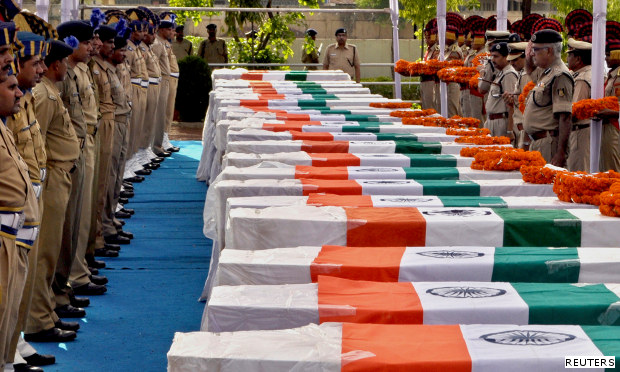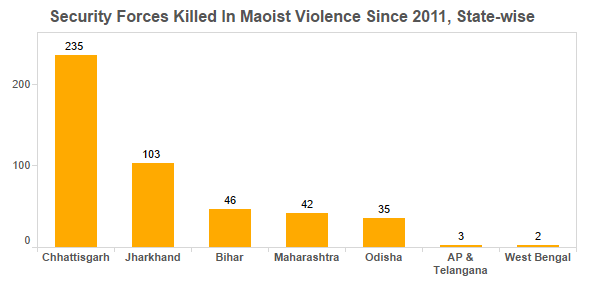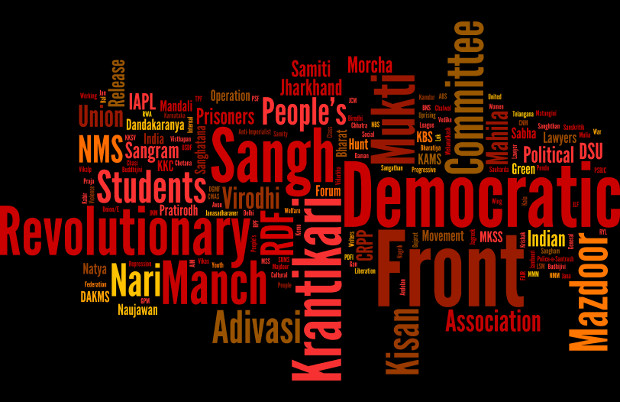Maoist Resurgence: Most Security Forces Die in Chhattisgarh

After a lull, the past three days have seen an upsurge of violence by Maoists, or Naxals, left-wing extremists viewed as India’s greatest security challenge.
—On April 11, 2014, Maoists killed seven personnel of Chhattisgarh’s Special Task Force (STF) in an ambush in Sukma district, in the southern part of the state’s tribal heartland, Bastar.
—The next day, on April 12, Maoists burnt 17 mining vehicles and on April 13, a Border Security Force soldier was shot dead during a gunbattle in south Chhattisgarh’s Kanker district.
More than 460 security personnel have now been killed in less than five years, according to data presented to the Lok Sabha and analysed by IndiaSpend. Security forces across 10 states have been alerted and warned of more attacks.
The attacks, according to a DNA report, are part of a Maoist counter-offensive.
More security forces have died in Bharatiya Janata Party-ruled Chhattisgarh (235) than in any other state and it appears locked in a cycle of violence. Also, more Naxals have been arrested (2,014) and killed (147) in Chhattisgarh than in any other state.

Source: Lok Sabha (1) & (2); Figures for 2015 up to February 15.
Ideologically, Maoists are left-wing communist radicals, attempting to overthrow India’s government through force. The regions most affected by Maoist violence lie in a wide swath of mineral-rich, forested tribal lands, from Maharashtra to West Bengal.
As IndiaSpend previously reported, tribals account for a third of the 21 million people displaced by development projects, fuelling a resentment that the Naxals exploit.
The dead include 1,300 civilians and 343 Maoists in nearly 6,000 incidents from 2011 to February 15, 2015. More than 7,120 Naxals have been arrested during the same period.
The government has told Parliament that the Naxals have links with Maoist comrades in other countries, such as Philippines, Germany, France and Turkey. Naxals—their name derived from Naxalbari, West Bengal, where the movement started in 1967—are a member of the so-called Coordination Committee of Maoist Parties and Organisations of South Asia.
With 1,807 incidents of violence, Jharkhand has reported the most number of Naxal incidents from 2011. Chhattisgarh is next with 1,631 incidents, followed by Bihar (836), Odisha (581) and Maharashtra (392).
The Communist Party of India (Maoist), the chief Naxal organisation, has 74 active front organisations spread across 16 Indian states, according to the government.
Whenever security operations intensify, Maoists move to quieter areas, including urban areas. These over-ground front organisations often provide safe hideouts to armed cadres.
Below is a chart showing the words appearing most in the names of these 74 front organisations:

Source: Lok Sabha
__________________________________________________________________________
“Liked this story? Indiaspend.com is a non-profit, and we depend on readers like you to drive our public-interest journalism efforts. Donate Rs 500; Rs 1,000, Rs 2,000.”


